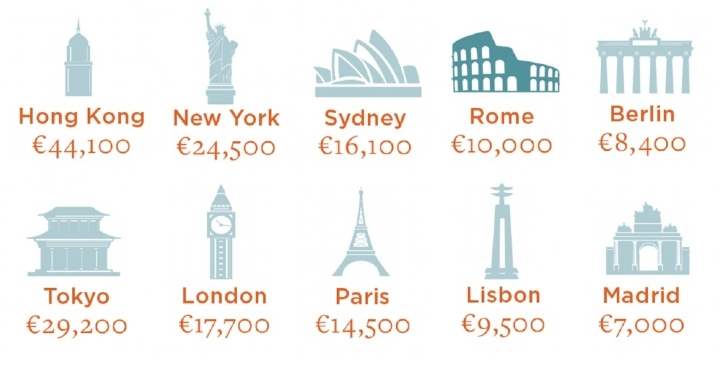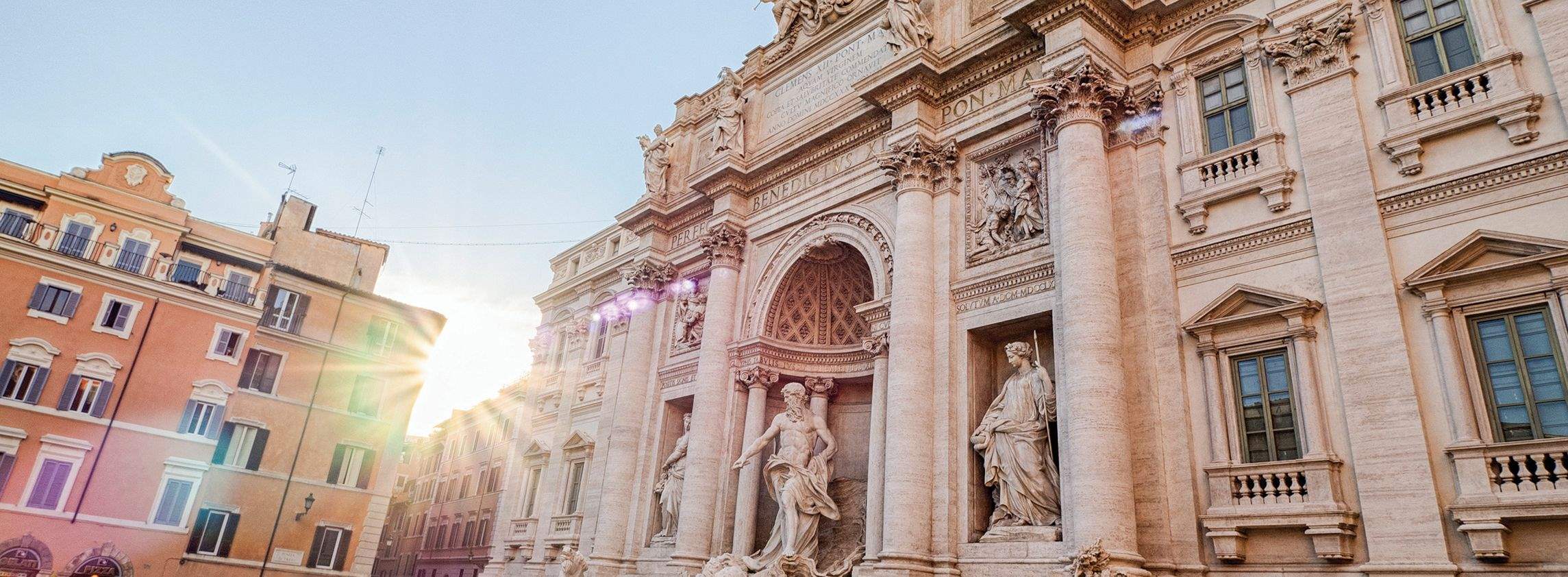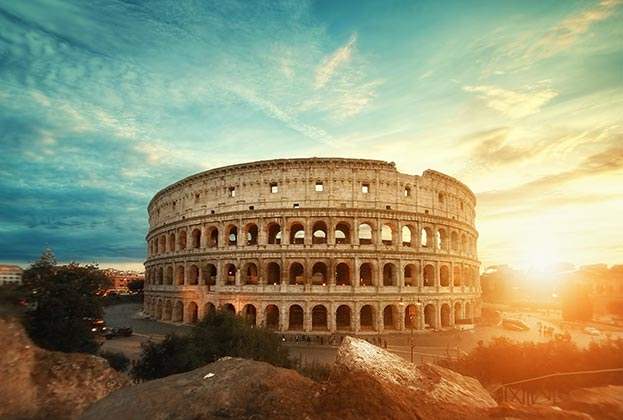After a sustained period of price falls, recovery is evident in Rome’s historic centre
Introduction
As Italy’s leading tourist destination, few cities globally match Rome’s historical, cultural and culinary appeal. Buyer demand comes from both investors and those who want to relocate permanently.
Despite the country’s economic and political challenges, there is evidence of signs of stability in Rome’s housing market. Residential transactions are rising and there is positive price growth in a number of central areas. The prime residential market offers good value on a global stage with prices significantly lower than London and Paris.
Rome has lacked a good supply of high-quality, contemporary, serviced residences for a long time. A small number of new developments are starting to appear around the city in order to meet the demand for new-build residences. Such schemes have seen high levels of interest from international buyers, particularly those in proximity to famous landmarks.

Signs of recovery
Despite positive GDP growth from 2015 to mid- 2018, Italy’s economy has been burdened by high levels of debt and unemployment and slipped into technical recession in the second half of 2018. Average household income has fallen 12% over the past decade.
In the face of these challenges, house prices in Italy have been gradually decreasing. Prices for second hand / re-sale properties have fallen 11.3% over the past five years and continue to show small falls of 1.3% over the year to Q3 2018. New build property prices have fared slightly better with prices falling just 3.6% over the past five years.
Mainstream market
Similar to the national picture, prices in Rome have also experienced steady falls over the past decade. However, there are signs prices have bottomed out.
Recently, the residential market in Rome has split into two markets: the central areas, which are showing signs of recovery, compared to the outer suburbs where prices are still falling. The central areas which saw the largest growth in mainstream prices over 2018 are San Saba (+7%), Borgo (+3%) and Ludovisi (+2%).
Although prices were falling, transactions in Rome have been increasing since 2013, indicating an active market. In 2018, just over 32,000 transactions were completed in the city of Rome, an increase of 3% from 2017.
The residential market in Rome remains predominately period property. Despite a small increase in the number of new developments, volumes in the city will continue to be driven by sales of existing dwellings. Due to the scarcity, new build residential units often command a premium over the local area average.
.png)
Residential transactions in Rome
Source: Savills Research using Agenzia delle Entrate | Number of Normalised Transactions for residential property in Rome capital city
.png)
.png)
The prime market
Rome’s residential market is largely domestic. However, there is international interest at the top end. International buyers typically seek trophy assets, often buying as an investment or purchasing an additional home in the city centre, typically in historical buildings. New-build residential units in Rome are also of interest to international buyers, but these remain limited in supply.
.png)
.png)
In a global context
Prime properties in Rome have an average price of €10,000 psm. In some cases, prices can reach as high as €15,000 psm for properties which offer exceptional terraces and views in sought after locations.
On a global stage, Rome’s prime market appears good value when compared to other world cities. On a price per square metre basis, Rome is around a quarter of the price of Hong Kong, the most expensive city in the world for prime residential property.
Comparing Rome to other European cities, the Italian capital is 45% cheaper than London and 30% cheaper than Paris. Prime prices are slightly above Lisbon and higher than both Berlin and Madrid, by 19% and 43% respectively.

Average prime property price per sqm
Source: Savills Research
Prime locations
The highest house prices in Rome are found in the city’s historic centre. The most expensive locations are the Tridente, Corso Vittorio (Parione), and Sant’Angelo- Campitelli where mainstream prices average over €7,000 psm but can often exceed €8,000 psm. In the Trindete, the most expensive area in Rome, mainstream prices can reach up to €8,700 psm. Prices of a high end property* in these areas, on average, reach up to approximately €9,500 psm.
Price growth has started to return to a few of the city’s most expensive areas. The Tridente and Corso Vittorio (Parione), the highest value neighbourhoods, saw modest but positive price growth of 1.8% and 0.6% respectively over 2018 for high-end homes.
However, Borgo witnessed a larger increase over the year, with values rising 3.1%. Borgo is located within walking distance to both the Vatican and the Tiber River, which makes it attractive to buyers seeking a home close to famous sites.
Meanwhile, the less expensive neighbourhood of San Saba experienced the strongest growth, increasing 8.3% over the year to reach €5,900 psm on average for a high-end property.
Aventino and Trastevere both experienced price falls of around 4% and 7% respectively. The neighbouring areas located further south on opposite sides of the Tiber River and are less popular among buyers seeking trophy assets in the city’s historic centre.
.png)
The most expensive areas in Rome to purchase property high end property*
Source: Savills Research using Agenzia delle Entrate. Prices as of H2 2018 | Note: *Based on data for a ‘Stately Home’, which is defined as a unit located in a prestigious area, with finishing characteristics of a higher level than that of a normal residential dwelling. Definition of prime property: This market consists of the most desirable and aspirational property by location, aesthetics, standards of accommodation and value. Typically, it comprises properties in the top 5% of the market by house price.
Read the articles within this publication below

.jpg)
